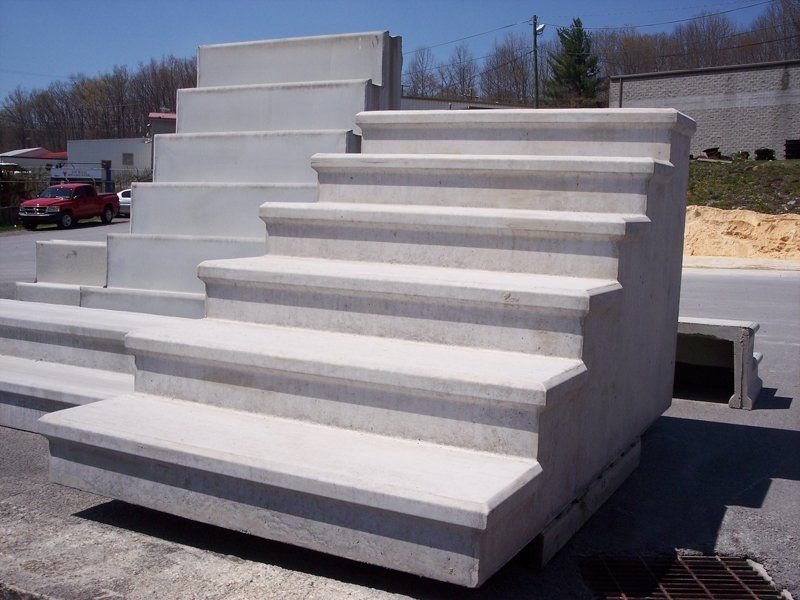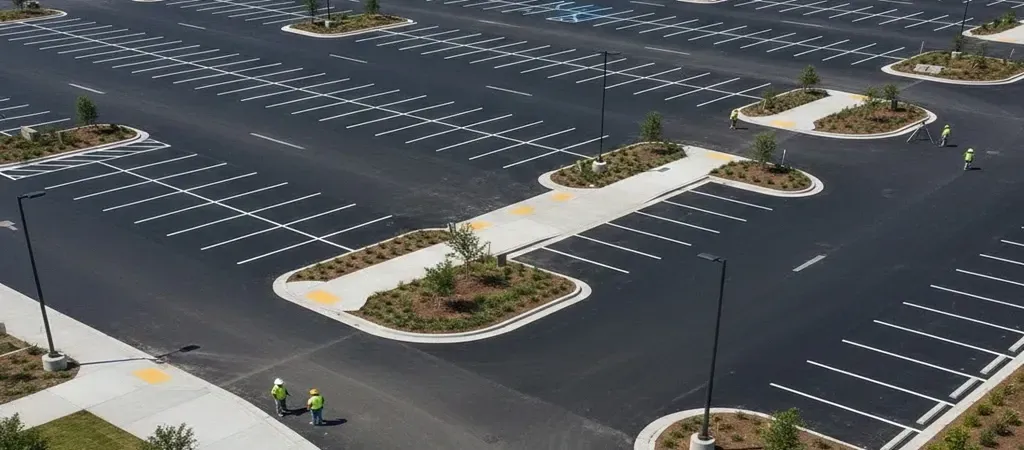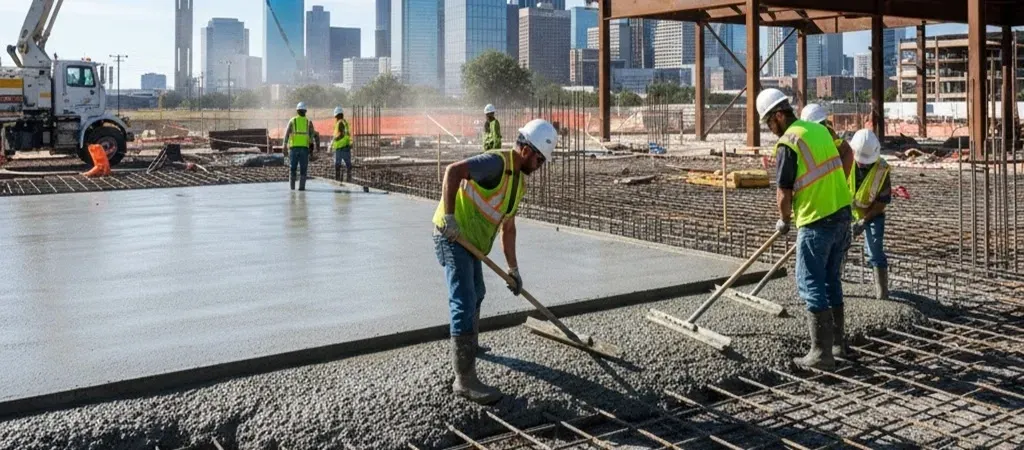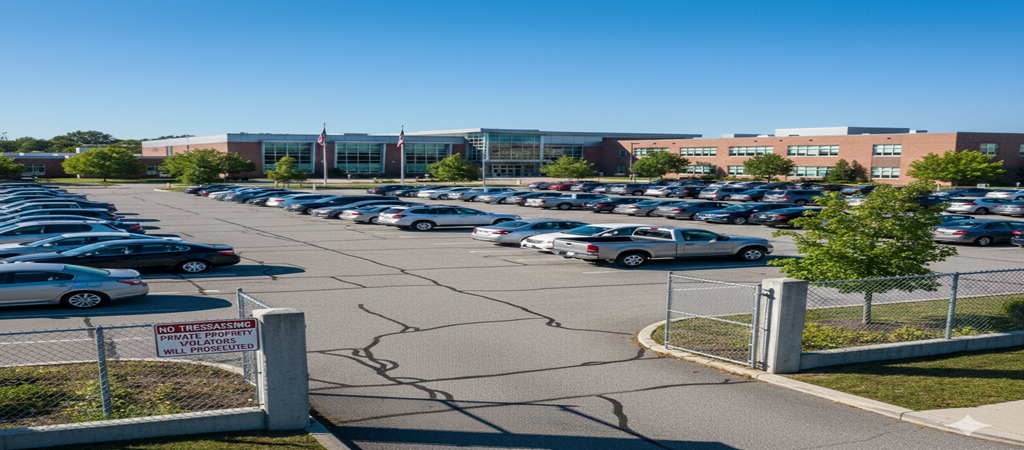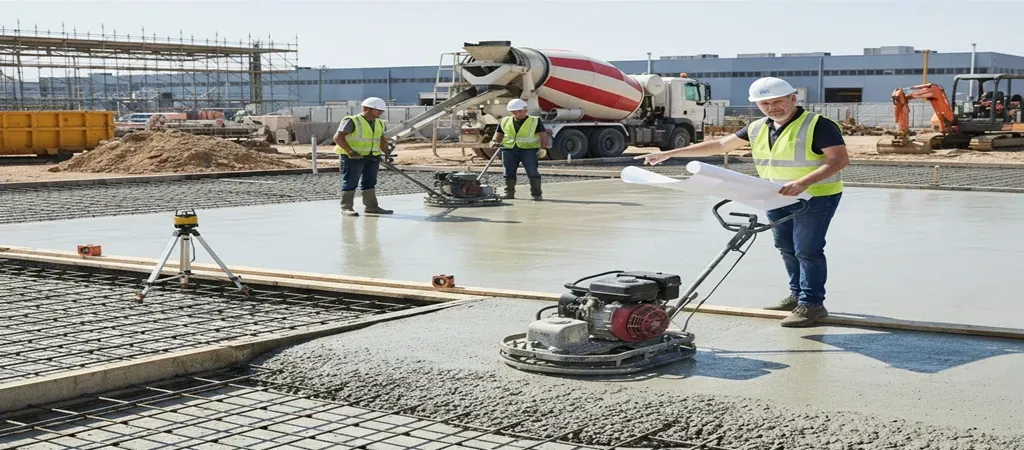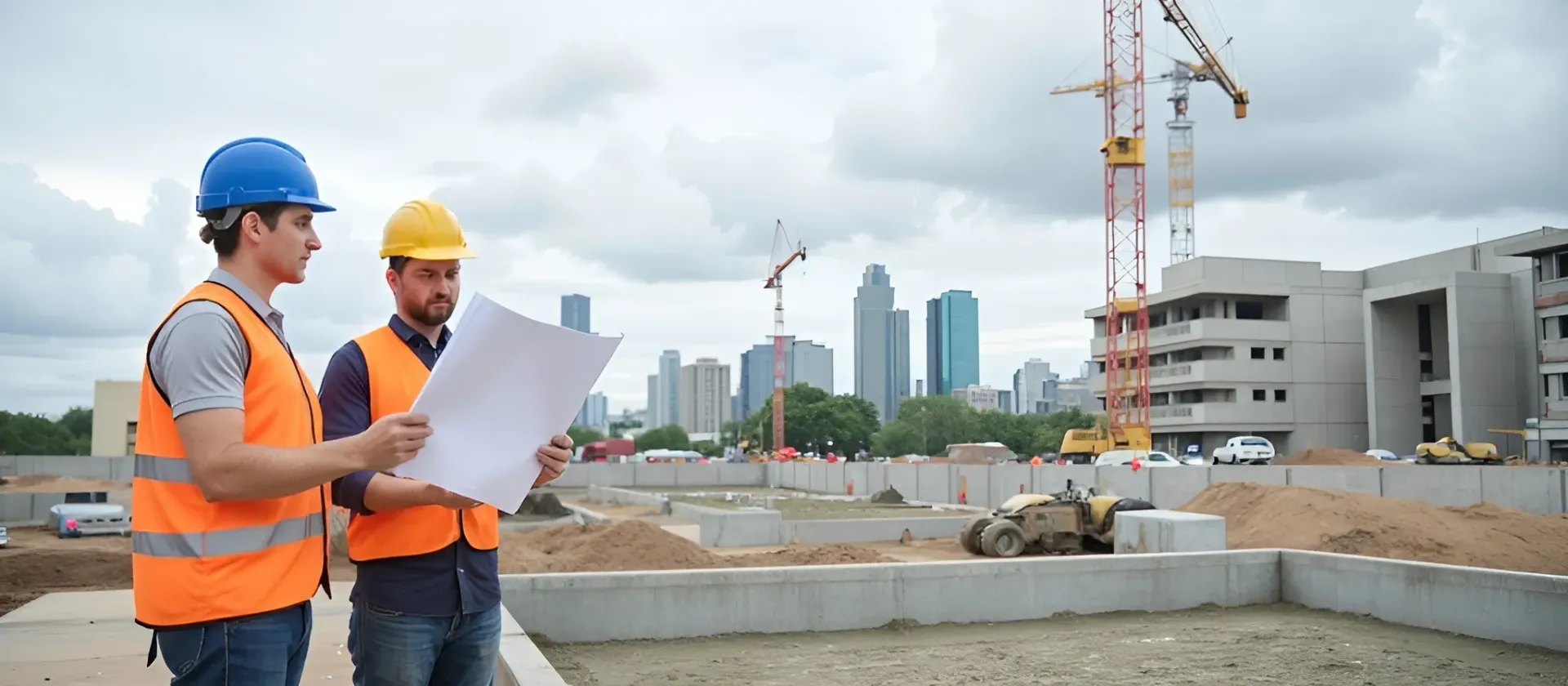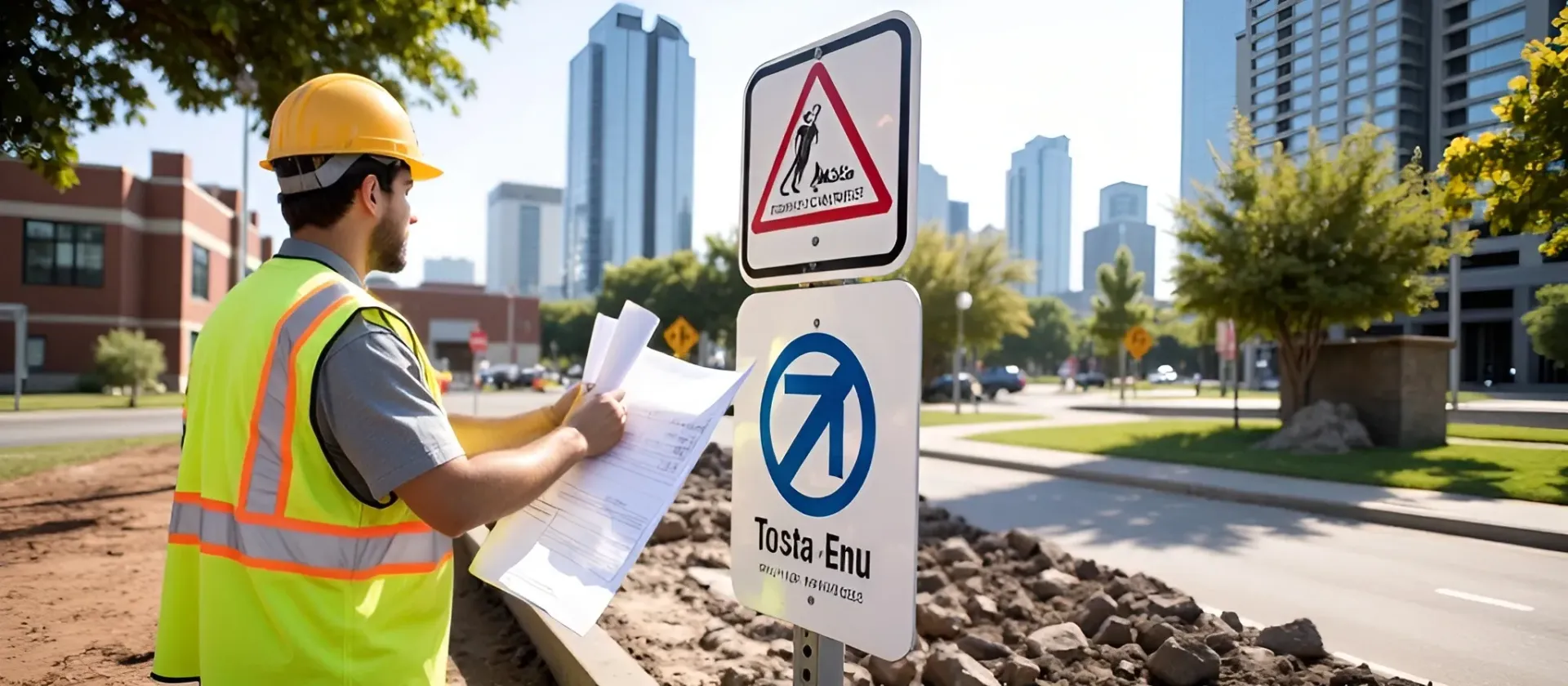How To Make Concrete Steps
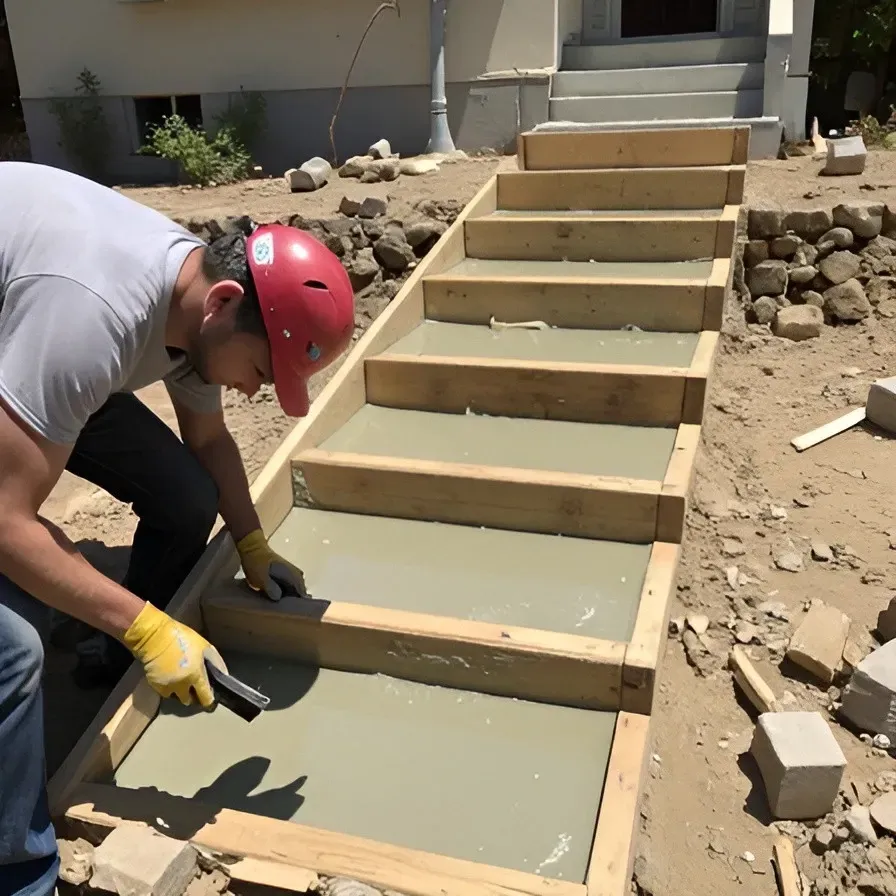
Concrete steps are the central point of every home. Concrete steps are more durable than their wooden counterpart. The universality of concrete and low-cost maintenance make it appropriate for constructing steps.
Concrete steps are not susceptible to degradation, especially rotting. Its maintenance is simple. All you need to do is pressure wash the concrete and gently seal them up. Another advantage of concrete steps is the impeccable patterns and designs you can construct with them.
Constructing a concrete step is a stepwise process. However, it comes at a cost. Every homeowner needs an efficient concrete step - price shouldn't stop you. Concrete steps can be embalmed with decorative elements. It can also have a different color if you don't want the generic grey color of concrete. You can mold any pattern with concrete. Follow the instructions.
Processes Of Making Concrete Steps
Making concrete steps might seem complex, but there is an easy guideline to adhere to if you want a perfect action. Make sure to pay attention to detail, especially dimensions. Below are some steps to constructing a concrete step.
Calculate The Rise And Run Level
Carefully measure the area where you intend to place the steps. Make a mark to indicate the bottom step. After making necessary marks, compute the units. Sketch with dimensions your proposed action. Before making your sketch, think of the future users of the step. If it is going to be used by older persons, the slope of the step should be less than 30 degrees.
However, for the dimensions, the standard universal sizes for making steps are;
- Thread 9-9.25
- Riser 7.5-8.25
- Width 3 ft.
- Flight angle (Slope angle) 30-45 Degrees
Make A Foundation For The Steps
After drawing your sketch, the next thing is to construct the foundation of your step. A foundation is essential to support the resistance of the steps. It depends on the slab or roof beam.
If a plinth beam is present, the reinforcement steels are automatically connected. If no plinth is current, you would need to construct a foundation.
Build A Formwork For Concrete Steps
The formwork is the skeleton of the step. It is what the concrete step rests on for support. If you are constructing your step against a wall, the line of flight, thread, and risers are marked on the wall for proper support. Without formwork, building a concrete step might not be achievable.
The border should be at least 2'' thick, and the formwork must be supported by a 4 x 4 post. It is kept in place by screwing it to both sides.
Reinforcements
Place steel reinforcements bars to carry the weight of the steps. The number and size of steel bars should be sized by a professional. However, if you have enough experience to measure and cut steel bars, go for it. The recommended steel bars spacing between each bar is 25mm. It is the minimum spacing when constructing a concrete step. After which, it is tied together.
Pour In Concrete Mix
Before adding your concrete mix, coat the layers with a releasing agent in the concrete into the forms. Remember, the standard ratio to cement, sand, gravel, and water is 3:2:4. Use a concrete vibrator when pouring in the concrete mix to prevent gaps and holes, generally known as a honeycomb formation. Take extra care when pouring the concrete mix.
Formwork removal
Formwork removal takes about a few days before successfully detaching it from the already dried concrete. When removing the formwork, ensure you use a hammer and crowbar to avoid scarring the edges.
Concrete Finishing
This is the stage where patterns and designs come to play. It determines how the layout of your steps will appear. You can use a trowel to finish. Tiles can be added for a better appearance, but it depends on you and what you need.
Conclusion
A concrete step is the most reliable and efficient décor for homes. It doesn't cost a fortune compared to other types of steps. Concrete step construction is a complex process. However, you can do this with the guidance of an expert.
A concrete step can be decorated with different patterns and designs to suit your needs.
